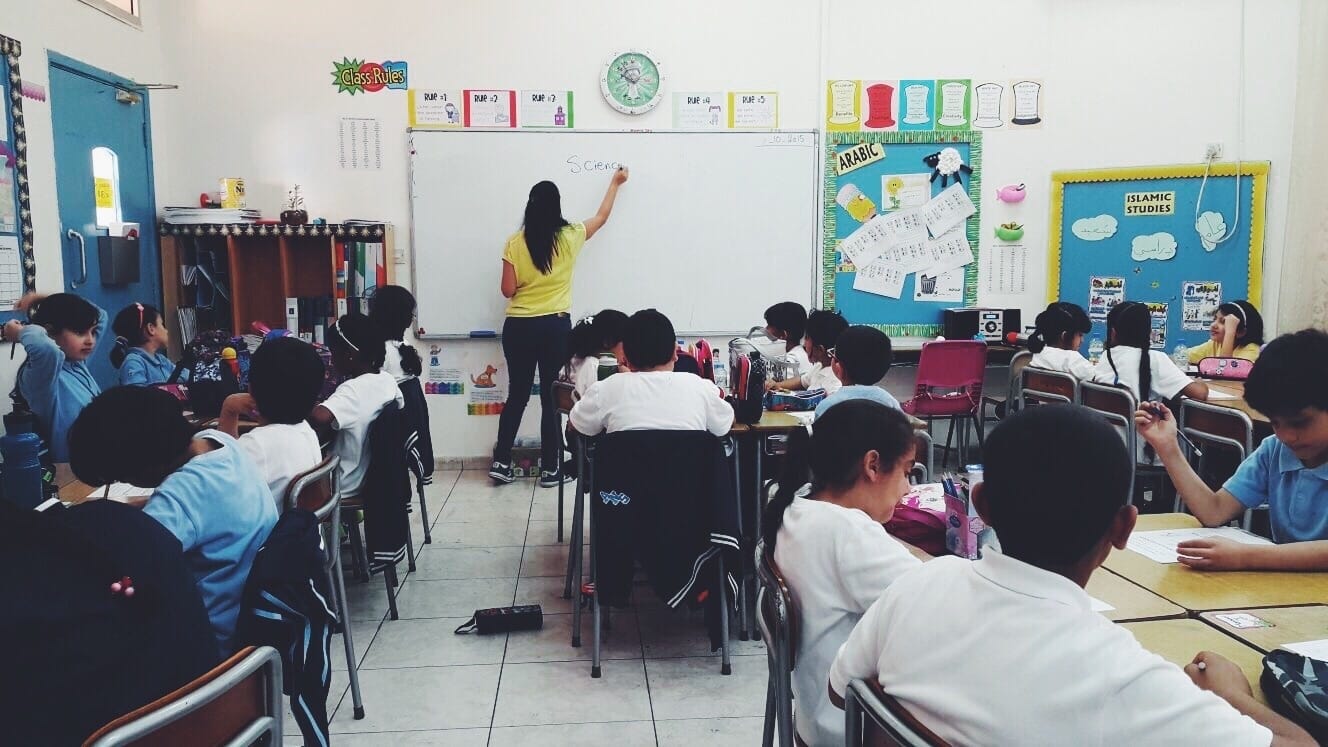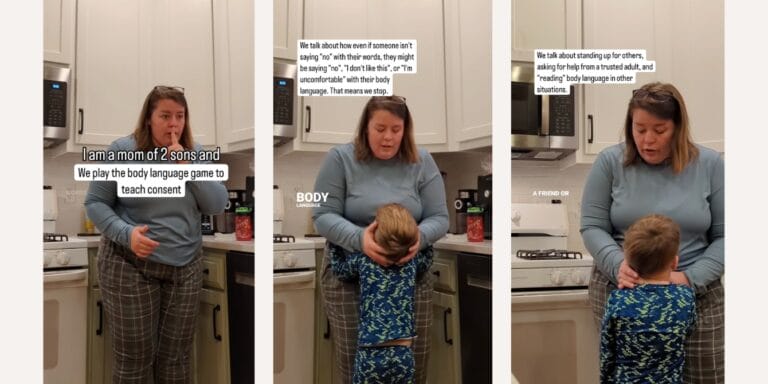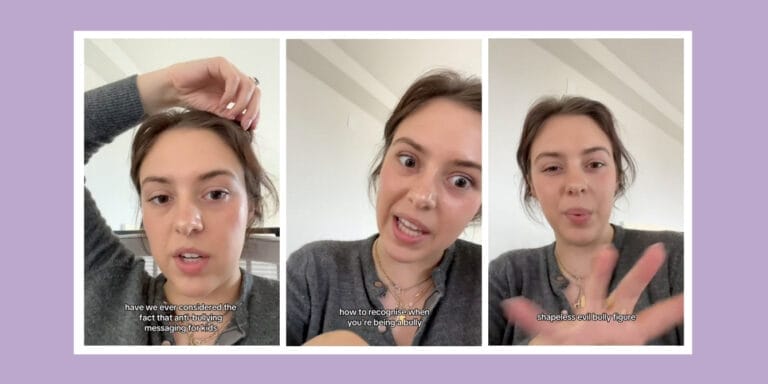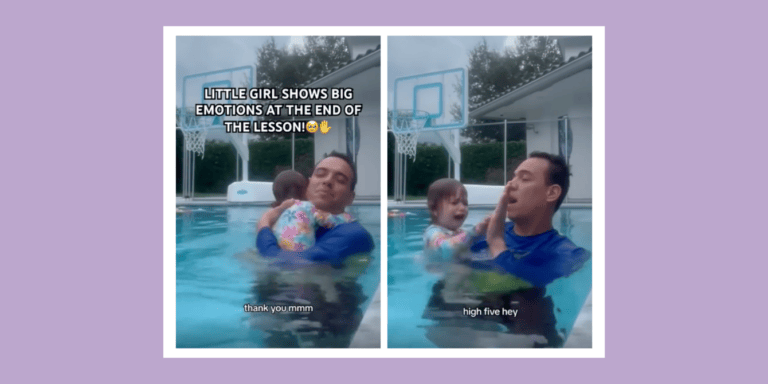The perfect way to explain consent to kids—from a 3rd grade teacher

"I created the organization of the chart, but almost everything in it—the ideas, the quotes—those are things that were 100% generated by my students," Kleinrock says.
Within the past year, most of us have probably heard the word “consent” more than in the rest of our lives combined—and for good reason. It’s about time that we broach the subject of what consent means head on, early on.
But while the #MeToo movement and, more recently, the Kavanaugh hearing has sparked a lot of conversation between adults, our kids have been absorbing more than we likely give them credit for.
In fact, as one viral post from a teacher in California goes to show, we adults could stand to learn from kids on this matter.
In an Instagram post that shows the takeaways from a conversation about consent with her third-grade students, Liz Kleinrock, a Citizens of the World Charter School teacher and founder of Teach and Transform , explains they even talked about grey areas—like if someone says “no” while smiling.
Talking with Motherly, Kleinrock says she walked away from the lesson encouraged by the insight and thoughtfulness expressed by her students.
“I created the organization of the chart, but almost everything in it—the ideas, the quotes—those are things that were 100% generated by my students,” she says.
She also makes the important point that this could go the wrong direction, too: Because kids absorb so much, we need to take care they are getting the right messages about consent through explicit conversations in their terms.
“Whether or not adults want to admit it kids hear and see everything adults do. And often it’s more dangerous because they experience it without context,” Kleinrock says. “They may not be filtering it the same way you are, but they are hearing everything and they eavesdrop on your conversations… So what happens when kids, or anybody really, absorb a lot of misinformation it can lead to bias, it can lead to prejudice or discrimination in its own way.”
While it’s encouraging to see educators like Kleinrock include these lessons in their plans, that’s far from the norm across the country—which makes it all the more important that we parents take the time to talk about topics like consent, body safety and boundaries with our children.
In her case, the conversation was a jumping off point to talking about the difference between secrets and surprises. She explains, “We talked about what are things you should absolutely tell an adult that you trust and what are things that you actually do keep to yourself.”
But that conversation likely never would have come about if Kleinrock hadn’t made the point of listening—and learning—from her students. That’s because while we may be the adults, it’s often the kids in our lives who have the best answers.


































